Hydroponics Nutrient Solutions Demystified
Hydroponics is a fascinating way to grow plants without soil using water-based nutrient solutions. As an enthusiast and advisor in the realm of hydroponics, I’m excited to share insights into one of the most crucial aspects of this cultivation method: nutrient solutions. In this article, we’ll explore why nutrient solutions are essential, delve into the world of macronutrients and micronutrients, discuss formulas, and provide valuable tips to help you achieve the best results in your hydroponic endeavors. Now let’s take a deep dive into our comprehensive guide on hydroponics nutrient solutions.
The Importance of Nutrient Solutions
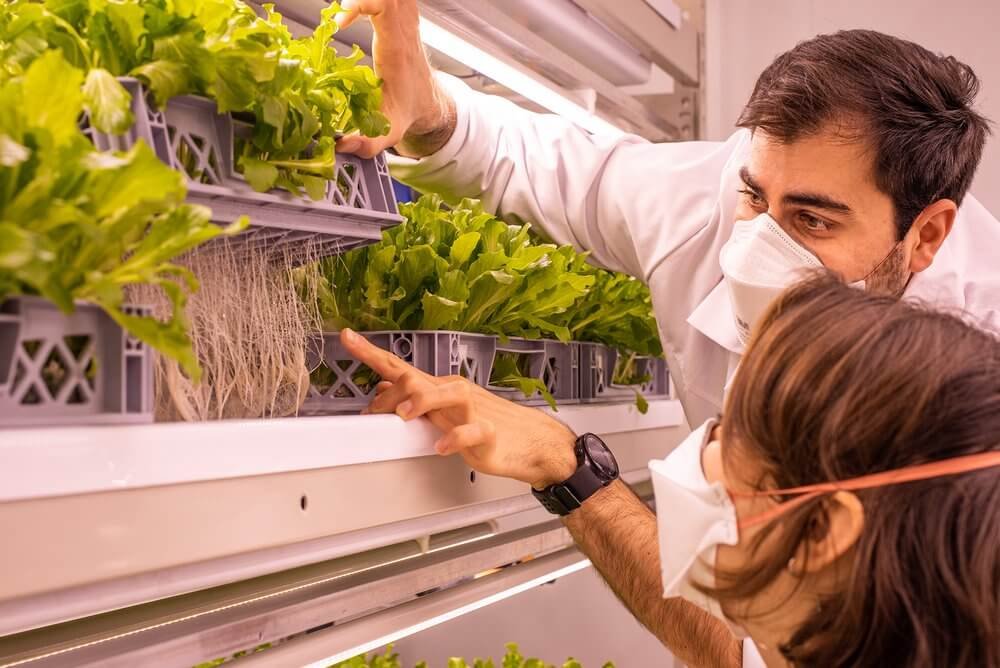
The Lifeblood of Plants: In the hydroponic domain, plants are entirely dependent on the nutrient solutions you curate. These solutions serve as the lifeblood, containing every vital element essential for growth and vitality. Just as a balanced diet is imperative for human health, these solutions hold the key to plant well-being.
The Symphony of Essential Elements: Within the confines of nutrient solutions lies a symphony of essential elements. Each element plays a unique role in the plant’s growth, much like the instruments in an orchestra. From nitrogen’s vibrant strings to phosphorus’s sturdy percussion, every note contributes to the grand performance of plant life.
The Precise Proportions of Prosperity: Much like an artist mixing colors to create a masterpiece, you meticulously craft nutrient solutions with the perfect balance of elements. It’s a delicate dance, ensuring that each nutrient is present in the precise proportions required. This symphonic harmony promotes vigorous growth, robust health, and overall plant well-being.
A Nourishing Banquet: Picture the nutrient solution as a sumptuous banquet for your plants, with each element representing a culinary delight. Nitrogen provides the green foliage’s lushness, phosphorus crafts the intricate root structures, and potassium fortifies the plant’s resilience. Every element contributes its own unique flavor to the feast of growth.
The Art and Science of Hydroponics: As a hydroponic gardener, you wear the hat of both a scientist and an artist. With precision and care, you concoct nutrient solutions that mimic nature’s bounty, providing plants with the nourishment they need to thrive. In this fluid canvas of hydroponics, you paint the masterpiece of plant health and vitality.
The Essence of Success: In the hydroponic world, the right nutrient solution isn’t just a choice; it’s the essence of success. It’s the potion that ensures plants receive the nutrients they crave in the perfect proportions, enabling them to flourish, bloom, and thrive in this mesmerizing world of soilless cultivation.
Understanding Macronutrients and Micronutrients

In the captivating world of hydroponics, plants receive their nourishment from a carefully concocted elixir of essential nutrients. Much like a gourmet chef perfecting a signature dish, understanding the components of this nutrient mix is the key to cultivating thriving greenery.
Nitrogen (N): The Growth Engine: Picture nitrogen as the fuel for your plants, propelling them towards vitality. This essential element is a primary ingredient of chlorophyll, the pigment responsible for photosynthesis. With an ample supply of nitrogen, your plants boast lush, green foliage and robust growth, akin to the vigorous flames of a fire.
Phosphorus (P): Root Development and Flowering: Phosphorus assumes the role of the architect, constructing a sturdy foundation for your plants. It’s crucial for root development and the emergence of vibrant blooms. Additionally, phosphorus facilitates energy transfer and the formation of DNA and RNA, ensuring the plant’s genetic blueprint is etched with precision.
Potassium (K): Strengthening and Disease Resistance: Like a guardian, potassium stands ready to shield your plants from adversity. It fortifies cell walls, reducing vulnerability to diseases and environmental stress. Beyond defense, potassium also conducts symphonies of life within the plant, orchestrating photosynthesis, enzyme activation, and the harmonious uptake of water.
Calcium (Ca): Cell Structure and Nutrient Uptake: Calcium is the architect’s apprentice, fine-tuning cell structures and ensuring that division proceeds with elegance. Moreover, it acts as the plant’s gatekeeper, facilitating the entry of other essential elements from the nutrient solution, akin to a vigilant sentinel.
Magnesium (Mg) is essential for photosynthesis. Magnesium takes center stage in the grand theater of photosynthesis. It wields its chlorophyll-infused magic, converting sunlight into the energy that fuels the plant’s existence. With magnesium’s presence, the plant exudes vitality and radiates vigor.
Sulfur (S): Aiding Enzyme Production Sulfur plays the role of an alchemist, weaving itself into amino acids and vitamins essential for enzyme production. This elemental magician fosters nutrient utilization and orchestrates the intricate dance of plant metabolism.
Trace Elements: Iron, Zinc, Copper, and More: In the grand tapestry of nutrient elements, trace elements like iron, zinc, and copper take their place as the unsung heroes. In modest quantities, they assume the role of co-conductors for a symphony of enzymes, contributing to overall plant well-being and prosperity.
As a hydroponic gardener, you are both a scientist and an artist, crafting nutrient solutions with precision and care. Each element in this symphony contributes to the thriving harmony of your plants.
Determining Nutrient Requirements

In the intricate realm of hydroponics, the art of providing the perfect nutrient concoction is akin to crafting a bespoke potion. To master this alchemy, one must consider various factors, each of which is a vital ingredient in the elixir of plant growth.
1. Plant Growth Stages: Just as a growing child’s dietary needs evolve, plants too undergo distinct growth stages with varying appetites for nutrients. Seedlings, much like infants, demand a gentler nutrient concentration compared to their mature counterparts. The skilled hydroponist adapts, adjusting the nutrient solution to align with the plant’s current developmental chapter.
2. Water Quality and pH Levels: The quality of the water used in your nutrient solution is the foundation upon which healthy growth is built. Just as impurities in water can mar its taste, they can also impair the nutrient availability of your plants. Moreover, the pH level, akin to the soil’s pH in traditional gardening, plays a pivotal role. An imbalanced pH can disrupt nutrient uptake. Thus, regular water quality testing and pH adjustment rituals are the guardians of your hydroponic sanctuary.
3. Crop-Specific Needs: In the vast tapestry of plant diversity, each species weaves its own thread of nutrient preferences. Understanding these individual predilections is akin to deciphering nature’s code. Armed with this knowledge, you can tailor your nutrient solutions to cater to the unique desires of specific crops.
4. General-Purpose Solutions: For novices or those nurturing a diverse botanical ensemble, general-purpose nutrient solutions offer a convenient starting point. These pre-formulated elixirs are harmoniously balanced and designed to appease the appetites of most plants across various growth stages.
5. Customizing for Different Plants: Yet, for the seasoned horticultural maestro, the symphony of hydroponics invites customization. Like a skilled chef, you can tweak nutrient ratios and concentrations to curate the ideal recipe for each crop, optimizing growth and yield.
As you traverse the landscape of hydroponics, consider yourself both a scientist and an artist, blending science with intuition to cultivate thriving gardens. Each nutrient solution you craft is a testament to your mastery of nurturing plants to their full potential.
Measuring EC (electric Conductivity)
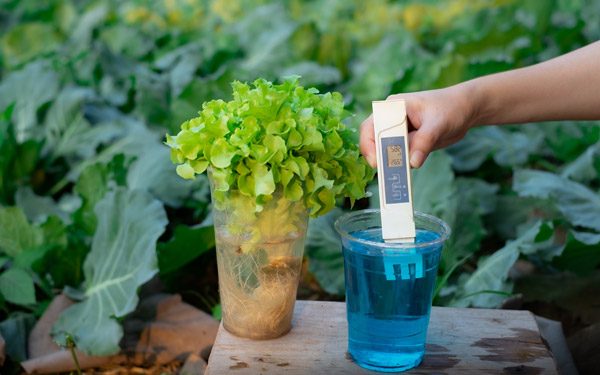
In the realm of hydroponics, the journey to success involves a constant tango with nutrient levels. It’s not a one-time affair but a dynamic process that demands your unwavering attention throughout the growing cycle.
Regular monitoring and adjustment are your secret weapons in this nutrient ballet. As your plants evolve, so do their needs. Keeping nutrient levels within the optimal range is akin to fine-tuning an instrument, ensuring harmonious growth and a bountiful harvest.
In this dance of precision, vigilance is your partner. Embrace the ongoing task of adjusting nutrient levels to cater to the ever-changing demands of your flourishing green companions. With dedication and meticulous care, your hydroponic garden will continue to flourish and thrive.
Frequency of Nutrient Solution Changes

In the orchestration of hydroponic systems, the composition and management of nutrient solutions perform a harmonious melody. However, the tempo of nutrient solution changes varies depending on the system’s design, leading to distinct rhythms in the hydroponic garden.
1. Continuous Flow Systems: The Nutrient Film Technique (NFT), which is an example of a continuous flow system, sets a quick pace. Here, solutions flow ceaselessly, creating a dynamic and fluid environment for plants. To ensure consistent nutrient levels, frequent solution replacements have become the norm. This relentless cycle, akin to a perpetually changing river, sustains the garden’s vitality.
2. Recirculating Systems: In the recirculating domain, where Deep Water Culture (DWC) and Ebb and Flow systems thrive, the tempo adopts a more measured cadence. While the need for change is less frequent, meticulous monitoring remains paramount. Here, the solutions ebb and flow, like the gentle rise and fall of tides, requiring periodic adjustments to maintain the nutrient equilibrium.
3. Non-Recirculating Systems: In the non-recirculating realm, where Drip Systems reign supreme, a different rhythm takes center stage. These systems, akin to sporadic rainfall, often necessitate complete solution changes at regular intervals. Such shifts prevent nutrient depletion, offering a fresh start for each cycle of growth.
As you embark on your hydroponic journey, remember that each system dances to its own unique beat. The key lies in mastering the art of nutrient management, attuning yourself to the system’s rhythm, and orchestrating the perfect harmony for your plants.
Avoiding Common Nutrient Solution Problems

In the hydroponic realm, nutrient solutions are the lifeblood of plant cultivation, providing the essential elements needed for growth. Yet, even the most seasoned hydroponic enthusiasts may encounter common challenges that can hamper plant development and yield. From nutrient imbalances to pH fluctuations and microbial intrusions, understanding and adeptly addressing these hurdles is key to ensuring the prosperity of your hydroponic endeavor.
1. Nutrient Lockout: Nutrient lockout, a formidable foe, arises when imbalances or pH fluctuations conspire to barricade plants from accessing vital nutrients. To thwart this adversary, vigilant pH monitoring is your stalwart ally. Corrective measures, such as pH adjustment, should be executed promptly to keep nutrient pathways clear and unobstructed.
2. Algae Growth: The insidious specter of algae can lurk in nutrient solutions, basking in the glow of light. To counter this green interloper, fortify your reservoir’s defenses. Craft a light-proof fortress or enlist the aid of additives specifically designed to dissuade algae growth. With these safeguards in place, your nutrient solution will remain an algae-free sanctuary.
3. pH Fluctuations: The capricious dance of pH fluctuations can disrupt the delicate balance of nutrient availability, sending ripples of discontent through your hydroponic realm. To maintain equilibrium, vigilance is paramount. Steady the ship by cultivating a stable pH environment that aligns with the precise needs of your cherished plants.
As you navigate the hydroponic waters, consider these challenges as opportunities for growth and mastery. They are the crucible in which your skills and expertise are forged. With unwavering dedication, you can cultivate a thriving hydroponic garden that defies the odds, yielding bountiful harvests and a bounty of satisfaction.
Benefits of Using Organic Nutrient Solutions
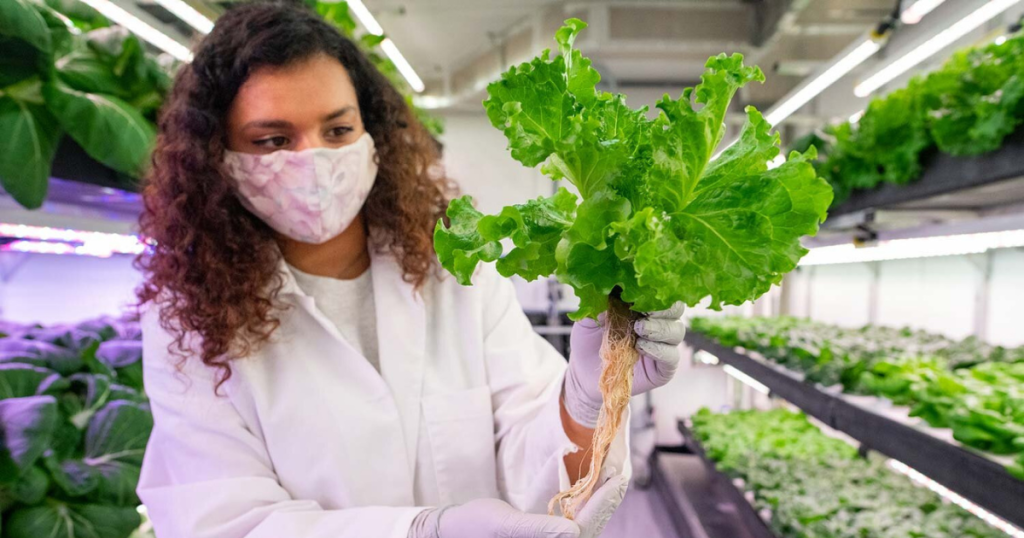
Organic nutrient solutions have gained significant popularity among growers and gardeners who prioritize sustainable and eco-friendly cultivation practices. These solutions provide numerous advantages that extend beyond plant growth, offering a holistic approach to farming that benefits both the environment and the end consumer. If you’re considering organic nutrient solutions for your gardening or farming endeavors, it’s essential to understand the array of benefits they bring.
Reduced Environmental Impact
Organic nutrient solutions are eco-friendly, reducing the environmental footprint of hydroponic gardening. They promote sustainability by avoiding chemical fertilizers. When you choose organic nutrients, you contribute to a healthier planet. Traditional synthetic fertilizers can leach harmful chemicals into the soil and water, causing pollution and harm to ecosystems. Organic nutrients, on the other hand, are derived from natural sources and tend to have a lower impact on the environment. By minimizing your ecological footprint, you’re not only growing healthier plants but also supporting a greener future.
Enhanced Flavor and Nutrition
Organically grown hydroponic crops often have superior flavor and nutritional value. This makes them a healthier choice for your table. When you opt for organic nutrient solutions, you’re investing in the quality of your produce. The absence of synthetic chemicals and pesticides can lead to cleaner, more flavorful crops. Many hydroponic enthusiasts and chefs prefer organic hydroponic produce because it often boasts a more pronounced taste and a richer nutritional profile. Plus, by growing your own organic hydroponic vegetables and herbs, you have control over the entire process, from seed to harvest, ensuring the highest possible quality.
Hydroponic Nutrient Solution: Best Practices

Hydroponic farming offers an efficient and controlled environment for plant growth, with the cornerstone of success being the nutrient solution. The composition and management of this solution are pivotal factors that influence plant health, growth rates, and overall yield. To harness the full potential of hydroponics, growers must adhere to best practices in nutrient solution management.
Maintaining a Clean System
Cleanliness is paramount in hydroponics. Regularly clean and sanitize your system to prevent disease and nutrient buildup. Maintaining a clean system is not only about aesthetics but also about plant health. Any buildup of algae, debris, or pathogens in your hydroponic setup can hinder nutrient delivery and create an environment where pests and diseases thrive. Therefore, it’s essential to establish a cleaning routine. This includes wiping down surfaces, disinfecting equipment, and periodically flushing the system with clean water to remove any accumulated salts or residues.
Monitoring and Adjusting pH
pH is a critical factor in nutrient uptake. Monitor it consistently and make adjustments as needed to maintain optimal levels. pH levels can fluctuate due to various factors, including nutrient additions, water quality, and plant growth. Deviations from the ideal pH range can result in nutrient lockout and hinder your plants’ ability to absorb essential elements. Regularly test the pH of your nutrient solution and use pH adjustment solutions to bring it into the optimal range for your specific crops. Keeping pH in check ensures that your plants can access the nutrients they need for healthy growth.
Regular System Inspections
Frequent inspections help you identify and address issues promptly, ensuring your plants remain healthy and productive. Regular system inspections are a proactive approach to hydroponic gardening. By regularly examining your hydroponic setup, you can catch potential problems before they escalate. Look for signs of nutrient deficiency, disease, or pest infestations. Check that all components of your system are functioning correctly, including pumps, tubing, and timers. By being vigilant, you can take action swiftly, minimizing plant stress and maximizing growth potential.
The Role of Microbes in Nutrient Uptake
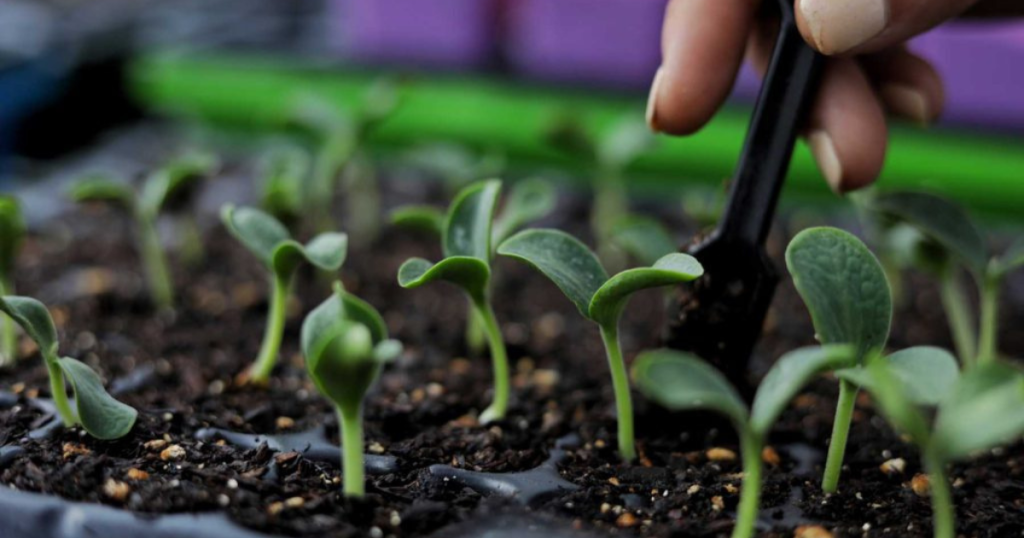
Under the surface of our agricultural landscapes lies a hidden world teeming with life. Within this subterranean realm, a cast of tiny organisms, including bacteria, fungi, and other microorganisms, orchestrate intricate partnerships with plant roots. Together, they weave a tapestry of life that fuels the engine of sustainable agriculture and ecosystem vitality.
1. Dynamic Ecosystem Below: These minuscule heroes form a bustling community beneath the soil’s surface, where they engage in intricate relationships with plant roots. This dynamic ecosystem is a hub of activity, contributing significantly to nutrient cycling and availability. It is a hidden pillar upon which the lush greenery above thrives.
2. Symbiosis at Its Best: This symbiotic partnership between plants and microbes is a masterpiece of nature. Beneficial microbes play a pivotal role in unlocking the treasures of the soil, making essential nutrients accessible to plants. They serve as nature’s alchemists, breaking down organic matter, solubilizing nutrients, and standing as sentinels against harmful pathogens.
3. Hydroponic Insights: In the realm of hydroponics, where sterile environments often take center stage, a new understanding is dawning. Hydroponic growers are awakening to the significance of these beneficial microorganisms. They recognize that even in controlled hydroponic systems, the presence of these microbial allies can be a game-changer.
4. Nurturing the Microbial Symphony: To harness the full potential of these unseen allies, hydroponic enthusiasts turn to microbial inoculants and supplements. These products contain a cadre of beneficial bacteria and fungi, serving as conductors of a microbial symphony within their systems. By introducing these beneficial microorganisms, growers nurture a balanced and resilient microbiome, enriching the ecosystem below.
In this hidden world of beneficial microbes, the stage is set for sustainable agriculture and bountiful harvests. These unseen heroes remind us that the soil beneath our feet is a living, breathing entity. As we delve deeper into the secrets of this microbial universe, we uncover new dimensions of growth, sustainability, and agricultural ingenuity.
Troubleshooting Nutrient Solution Issues
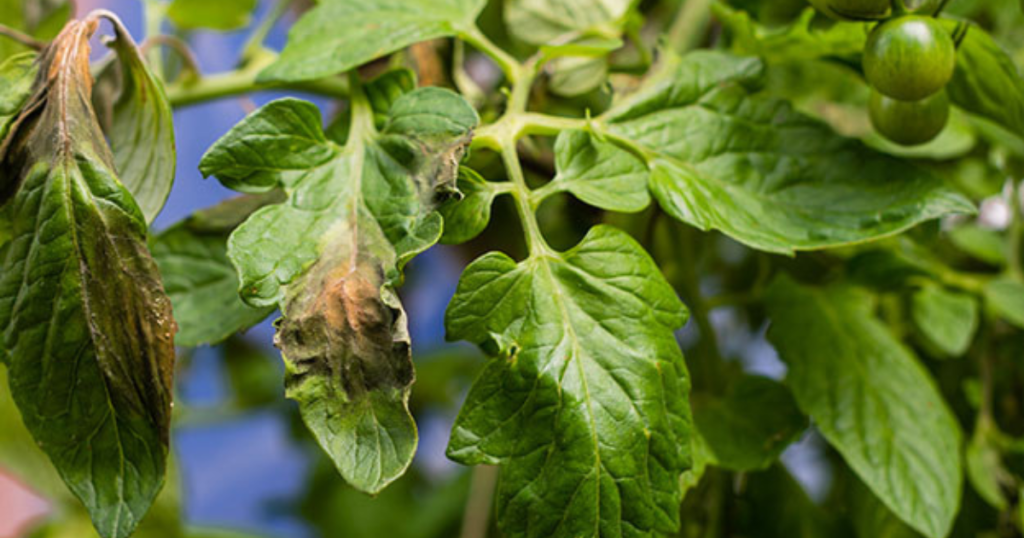
Hydroponic systems offer precision and control in plant cultivation, but they can also present challenges, particularly when it comes to managing nutrient solutions. Nutrient solution issues can arise unexpectedly, leading to stunted growth, nutrient deficiencies, and decreased crop yields. To ensure the consistent health and vitality of your hydroponic plants, it’s essential to become proficient in troubleshooting and addressing these issues effectively.
Identifying Deficiency Symptoms
Learn to recognize nutrient deficiency symptoms early, as timely intervention can prevent long-term damage to your plants. Nutrient deficiency symptoms can manifest in various ways, depending on the nutrient lacking. For instance, a nitrogen deficiency may cause the yellowing of older leaves, while a magnesium deficiency can result in interveinal chlorosis. Familiarize yourself with these symptoms by referring to nutrient deficiency charts and guides specific to hydroponics. Regular visual inspections of your plants can help you detect and address nutrient deficiencies before they severely impact growth.
Addressing Imbalances
When imbalances occur, adjust your nutrient solution promptly to correct deficiencies or excesses and restore equilibrium. Maintaining nutrient balance is crucial for plant health. If you notice signs of nutrient imbalances or deficiencies, don’t delay in taking corrective action. Adjust the nutrient solution by adding the necessary elements or diluting the solution to reduce excessive concentrations. Keep in mind that different plants have different nutrient requirements, so tailor your adjustments accordingly based on the crops you’re growing.
Eco-Friendly Nutrient Solution Disposal
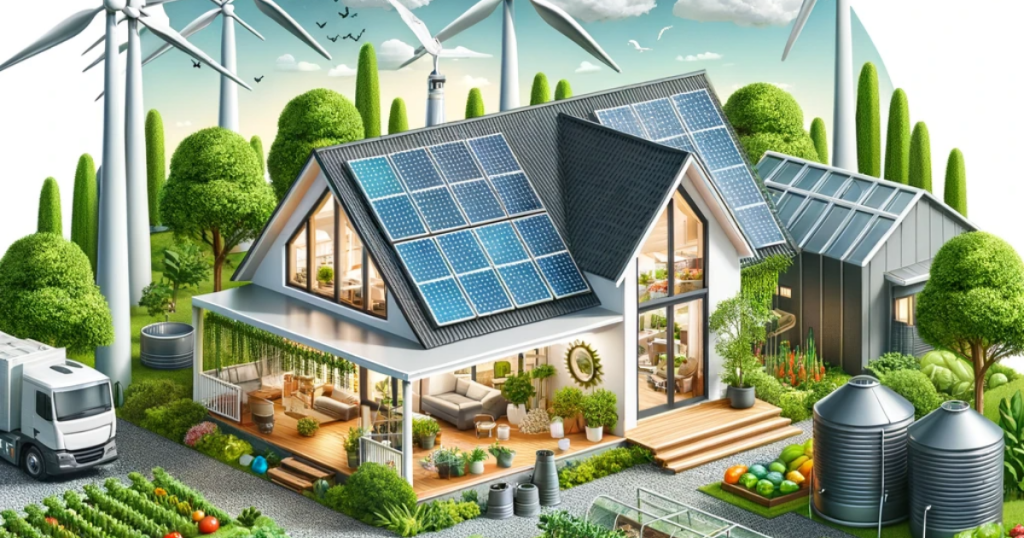
As hydroponics gains prominence in modern agriculture, the responsible disposal of nutrient solutions has become a significant concern. Traditional methods of disposing of nutrient solutions can pose environmental risks, including water contamination and soil degradation. However, adopting eco-friendly practices for nutrient solution disposal can help reduce the ecological footprint of hydroponic systems while promoting sustainability.
Protecting Water Sources
Dispose of nutrient solutions responsibly to protect local water sources. Avoid contaminating natural water bodies with excess nutrients. Proper disposal of nutrient solutions is essential to prevent environmental harm. Nutrient-rich wastewater can negatively impact aquatic ecosystems by promoting the growth of algae and depleting oxygen levels, which can harm fish and other aquatic life. To protect water sources, consider collecting and treating nutrient runoff before disposal, or follow local regulations and guidelines for safe disposal practices.
Composting Unused Solutions
Unused nutrient solutions can often be composted or safely disposed of in a way that minimizes environmental impact. Composting is an eco-friendly way to manage unused nutrient solutions. If you have a compost pile, consider adding your spent nutrient solutions to it. The organic matter in the solutions can contribute valuable nutrients to your compost, enriching it and improving its quality. However, be cautious not to overdo it, as excessive nutrient additions to compost can disrupt the composting process and create imbalances.
Innovations in Nutrient Delivery Systems
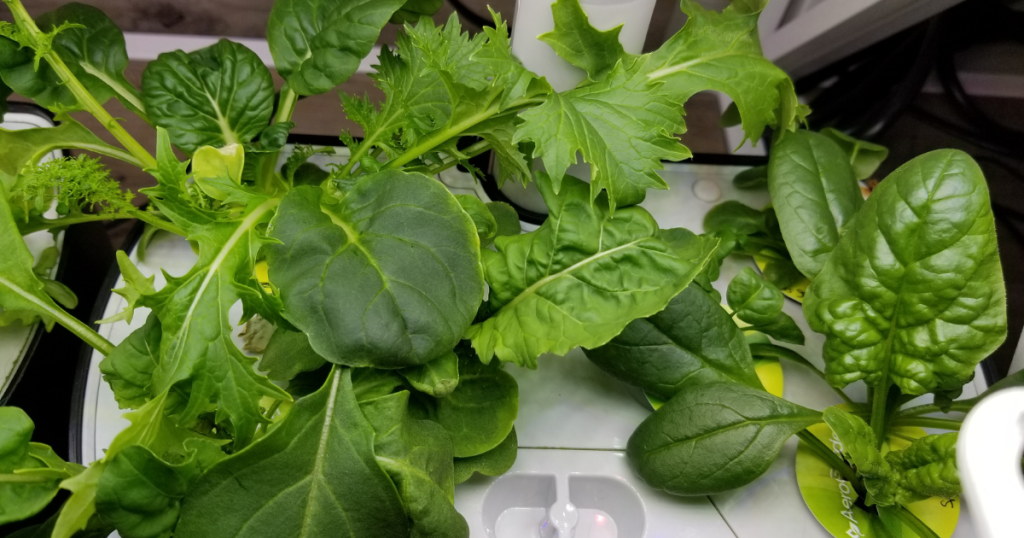
In the ever-evolving landscape of agriculture, innovation is the driving force behind increased productivity and sustainability. One area that has witnessed remarkable advancements is nutrient delivery systems. These systems, which play a pivotal role in providing plants with essential nutrients, have undergone significant transformations, offering growers more precision, efficiency, and control than ever before.
Automated Nutrient Dispensers
Modern hydroponic systems can benefit from automated nutrient dispensers that maintain precise nutrient levels, reducing the need for constant manual adjustments. Automated nutrient dispensers are a game-changer for hydroponic enthusiasts seeking convenience and precision. These devices can automatically monitor and adjust nutrient levels based on predefined parameters. They provide accurate dosing, ensuring that your plants receive the right amount of nutrients at all times. Automated nutrient dispensers are especially valuable for large-scale hydroponic operations, as they streamline nutrient management and reduce the margin for error.
Smart Nutrient Controllers
Smart controllers can monitor and adjust nutrient levels based on real-time data, optimizing nutrient delivery for the specific needs of your plants. These controllers can connect to sensors that monitor environmental conditions, such as temperature, humidity, and light intensity, in addition to nutrient levels. Based on this data, smart controllers can adjust nutrient delivery in real-time, ensuring that your plants receive optimal nutrition. This level of automation can lead to healthier and more productive crops.
Conclusion: Hydroponics Nutrient Solutions
In the world of hydroponics, nutrient solutions are the lifeblood of your plants. By understanding the intricacies of macronutrients, micronutrients, and best practices for their delivery, you can embark on a journey of successful and sustainable cultivation. Whether you’re a seasoned hydroponic gardener or just starting, the right nutrient solutions will help you achieve thriving, healthy plants and bountiful harvests. Embrace the benefits of organic solutions, maintain a clean and well-monitored system, harness the power of beneficial microbes, troubleshoot issues proactively, practice responsible nutrient solution disposal, and explore innovative nutrient delivery systems. With these tools at your disposal, you’ll be well-equipped to nurture your hydroponic plants to their fullest potential.
Frequently Asked Questions: Hydroponics Nutrient Solutions
1. How often should I change my nutrient solution in a hydroponic system?
The frequency of nutrient solution changes depends on your specific hydroponic system. Continuous flow systems may require more frequent changes, while recirculating systems need less frequent changes with regular monitoring.
2. What is the ideal pH range for hydroponic nutrient solutions?
The ideal pH range for most hydroponic nutrient solutions falls between 5.5 and 6.5. However, this range can vary slightly depending on the plants you are growing.
3. Can I use tap water for my hydroponic nutrient solution?
You can use tap water for your hydroponic system, but it’s essential to check its quality and pH. Sometimes, tap water may require filtration or adjustment to meet the needs of your plants.
4. Why are organic nutrient solutions beneficial for hydroponic gardening?
Organic nutrient solutions are environmentally friendly and can enhance the flavor and nutrition of your crops. They promote sustainability and reduce the use of synthetic chemicals.
5. What should I do if I notice nutrient deficiency symptoms in my plants?
If you observe nutrient deficiency symptoms in your plants, identify the specific deficiency and adjust your nutrient solution accordingly. Addressing the issue promptly can help your plants recover and thrive.




